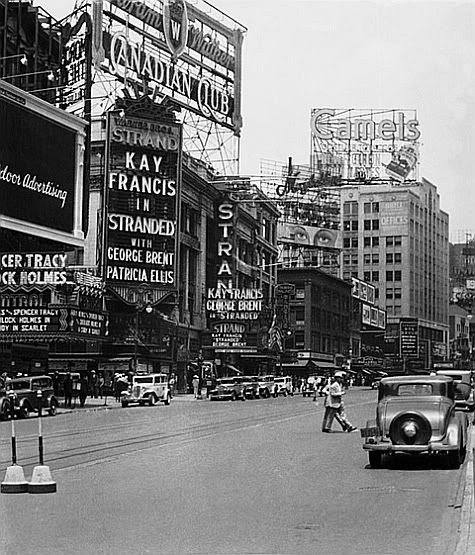Carnegie Hall Stagehand Moving Props Makes $530,044 (Update1)
Oct. 20 (Bloomberg) -- After you practice for years and get to Carnegie Hall, it’s almost better to move music stands than actually play the piano.
Depending on wattage, a star pianist can receive $20,000 a night at the 118-year-old hall, meaning he or she would have to perform at least 27 times to match the income of Dennis O’Connell, who oversees props at the New York concert hall.
O’Connell made $530,044 in salary and benefits during the fiscal year that ended in June 2008. The four other members of the full-time stage crew -- two carpenters and two electricians -- had an average income of $430,543 during the same period, according to Carnegie Hall’s tax return.
At Carnegie Hall, which has featured on its three stages such varied musicians as Duke Ellington, Bob Dylan and the Berlin Philharmonic, only Artistic and Executive Director Clive Gillinson makes more than the stagehands.
Gillinson earned $946,581 in salary and benefits in the fiscal year that ended in June 2008. Chief Financial Officer Richard Matlaga made $352,139, while General Manager Anna Weber received $341,542.
Labor Clout
The stagehands benefit from a strong union: Local One of the International Alliance of Theatrical Stage Employees demonstrated its clout in November 2007 when its members walked off their Broadway jobs and closed 26 shows for almost three weeks. The strike ended after stagehands and producers agreed to a five-year contract that both sides called a compromise.
Joshua B. Freeman, a U.S. labor historian at Queens College and author of “Working Class New York,” said the union’s power to shut down a vital part of New York’s entertainment industry gives it leverage in negotiations.
“They have a credible threat of withdrawing their labor,” Freeman said.
Local One President James J. Claffey Jr., who earned $260,877 in salary and benefits in 2007, declined to comment. Union spokesman Bruce Cohen said O’Connell had no comment. Gillinson also had no comment, while Matlaga and Weber didn’t return calls.
Cohen said in an e-mail that members “work under collective bargaining negotiated fairly with management, signed by management and ratified by the membership of the union.”
Sanford Weill
The Carnegie Hall board is led by Sanford I. Weill, former chairman of Citigroup Inc., and includes philanthropist Mercedes Bass, former World Bank president James Wolfensohn and Sallie Krawcheck, president of Bank of America’s wealth-management division.
How exactly do the stagehands earn their money? According to Carlino, they move equipment in and out of the hall, prepare the three stages for performances and operate audiovisual and sound fixtures. In addition to Stern Auditorium (2,804 seats), the company has Zankel Hall (599 seats) and Weill Recital Hall (268).
Producers who work there said a prop manager usually moves and supervises the moving of objects that aren’t plugged in, such as a piano or music stands. An electrician handles objects that get plugged in, like microphones and amplifiers, while carpenters are involved in the construction and handling of scenery.
The size of the crew, which is determined by management and the union, varies by production. Carlino wouldn’t provide specific numbers, but producers said it can exceed a dozen for a major concert and overtime is a key component of pay.
Operating Deficit
Gillinson, who came from the London Symphony Orchestra in 2005, made less in 2007-08 than two other New York performing- arts leaders with more complex tasks. Lincoln Center President Reynold Levy made $1.1 million to oversee a 16-acre complex that houses 12 resident companies. Metropolitan Opera General Manager Peter Gelb earned $1.5 million to produce 219 opera performances.
Judith Arron, Carnegie Hall’s leader from 1986 to 1998, had compensation of $386,131 in her last year. The hall’s operating budget has more than doubled since, to $84 million.
Gillinson oversees management, raises money and develops “artistic concepts” for concerts, according to the hall.
It presented about 200 concerts in the 2008-2009 season, up 3 percent from the previous year. Its stages were rented for an additional 600 events, down 12 percent from the year before.
Stern Auditorium costs $15,600 to rent on a Friday or Saturday night. The producer must pay extra for stagehands, ushers, security, insurance and the sound system.
Carnegie Hall had an operating shortfall of $40.2 million in 2007-2008. After including funds from donors, investment income and government grants, the hall ended the season with a $1.9 million surplus.
To contact the reporter on this story: Philip Boroff in New York at pboroff@bloomberg.net.
To contact the editor responsible for this story: Manuela Hoelterhoff at mhoelterhoff@bloomberg.net.









No comments:
Post a Comment